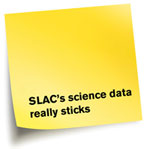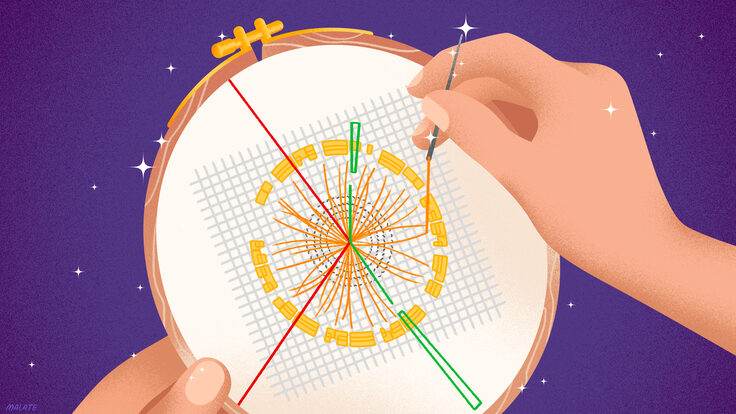SLAC's science data really sticks
 Even through the BaBar collaboration stopped taking data in 2008, it's still producing a steady flow of scientific results.
Even through the BaBar collaboration stopped taking data in 2008, it's still producing a steady flow of scientific results.
To keep track of the roughly 35 papers the collaboration will publish in the next year, the high-tech experiment went low-tech this summer. It transferred data from computers to Post-it notes.
BaBar physics analysis coordinator Steven Robertson uses the notes' vibrant colors to help him shepherd data analyses through the collaboration's rigorous approval process. The Post-its, he says, make it easier for him to see what he most urgently needs to work on when he arrives at SLAC National Accelerator Laboratory each morning.
 |
| Photo: Bradley Plummer, SLAC |
“What started as a set of simple reminders at some point developed into a formal system,” Robertson says. He writes blue notes for papers in the first stage of the review process; yellow for analyses that have gone on to the next step, in which the entire collaboration reviews a draft of the completed paper; and green for papers submitted for publication in scientific journals.
“It's gratifying to see that the collaboration is still churning out papers,” Robertson says. “Ultimately every one of these Post-its should turn into a publication.” BaBar scientists have published about 450 papers so far, and he expects to see another 100 in the pipeline.
Kelen Tuttle
Click here to download the pdf version of this article.






